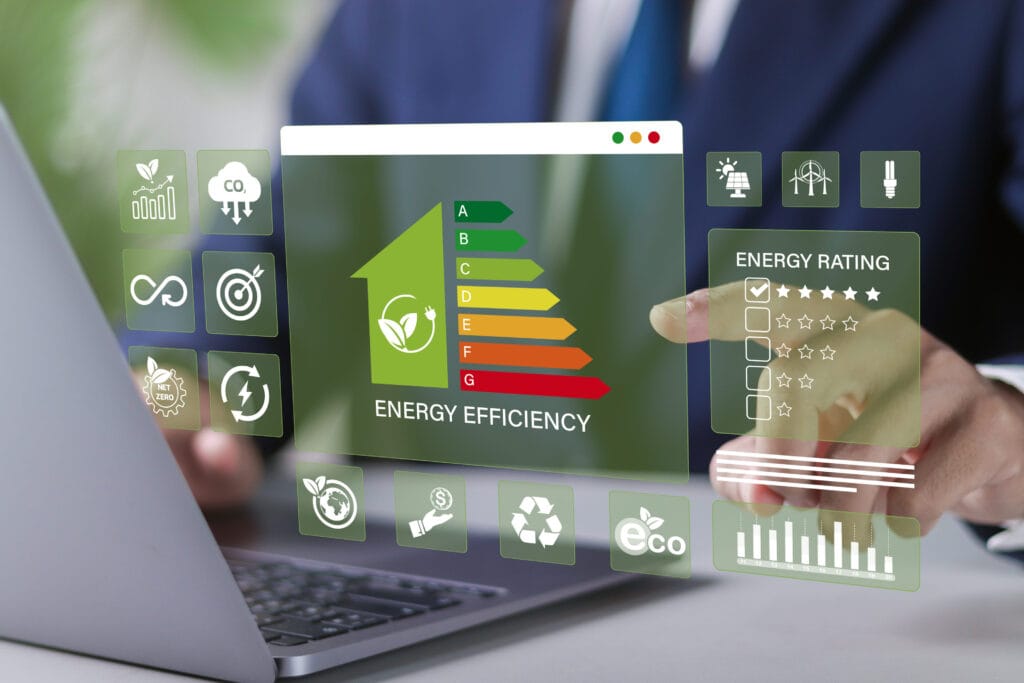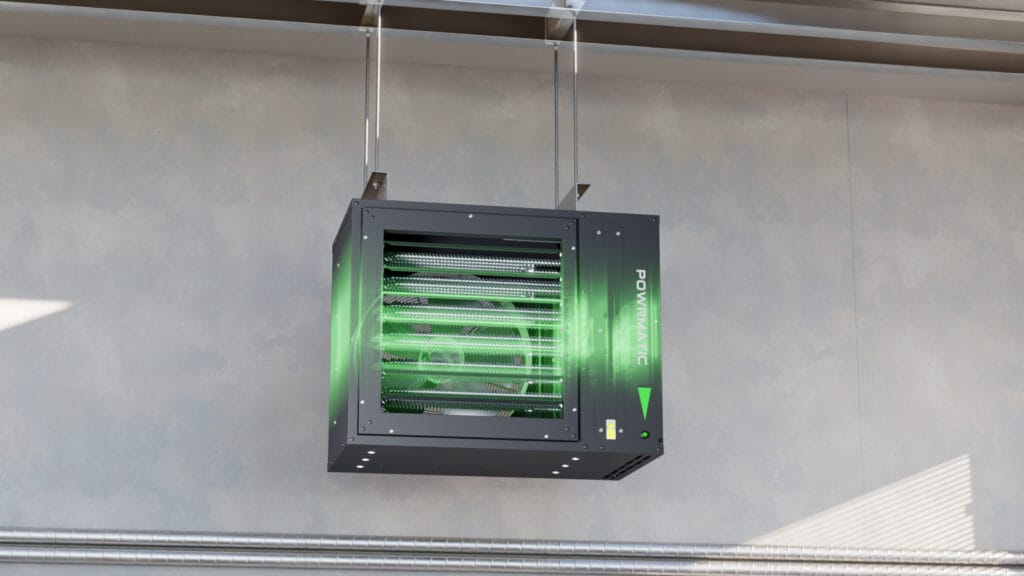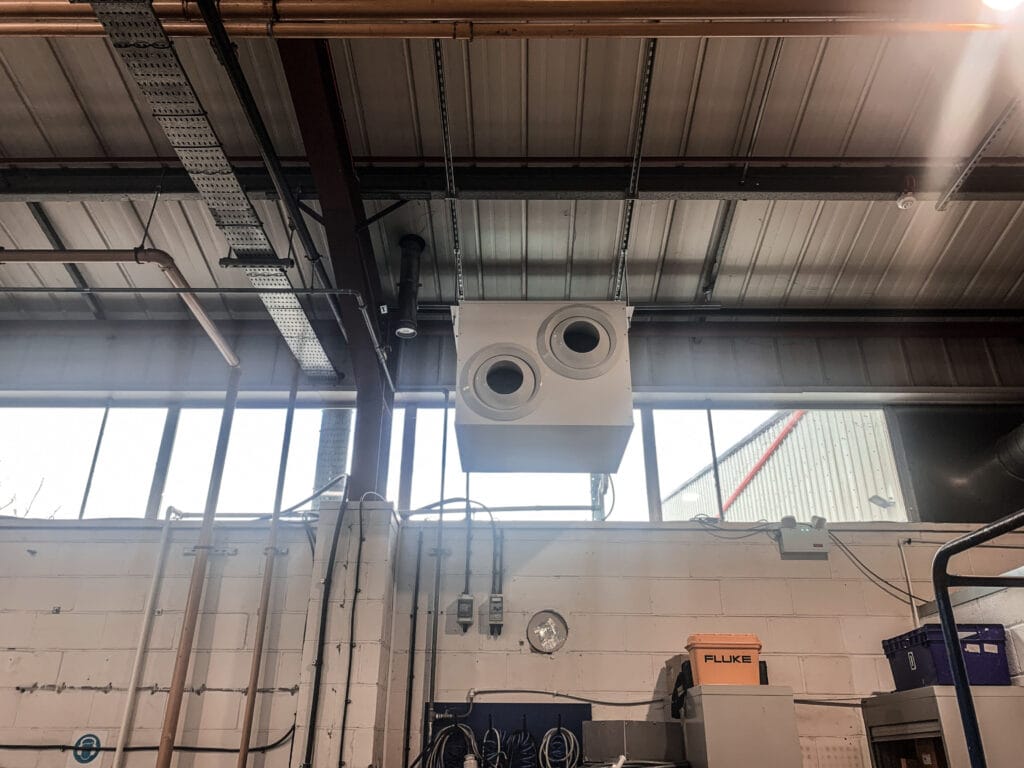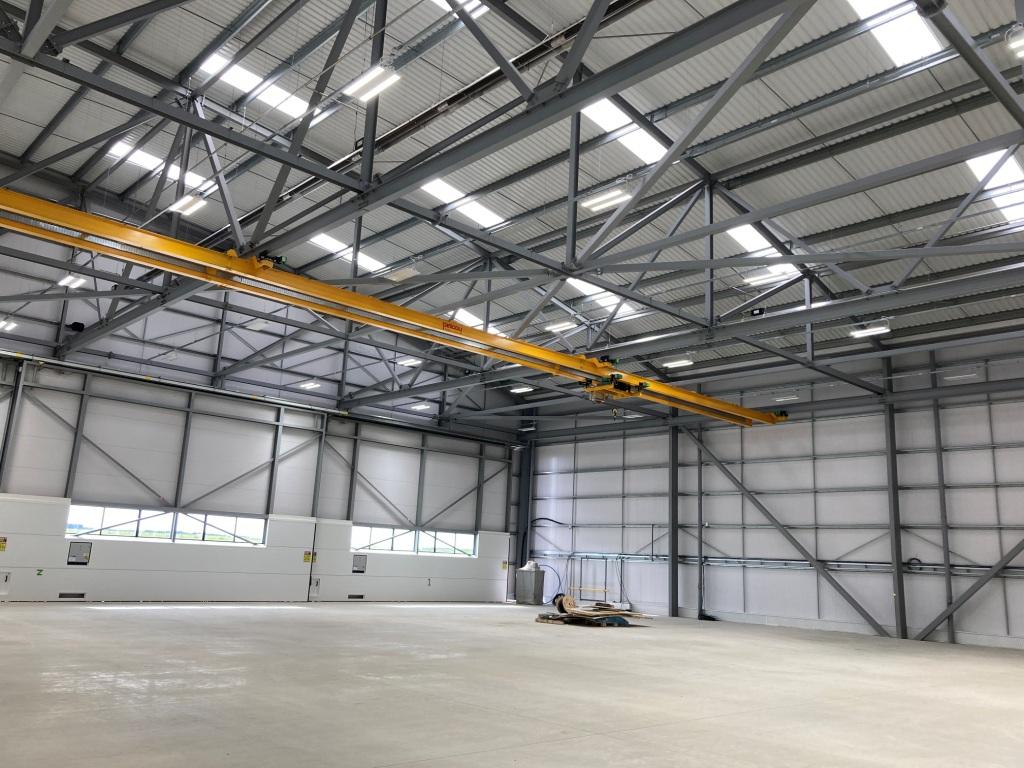As commercial and industrial buildings evolve to meet tougher energy standards, heating design is facing its biggest transformation in decades. From logistics hubs and workshops to retail warehouses and production spaces, today’s HVAC decisions must balance EPC compliance, carbon reduction, and running cost control — all while ensuring reliable comfort across large, often challenging environments.
The drive for improved EPC ratings is pushing many businesses to consider low-carbon and all-electric solutions. Yet, with electricity costs still several times higher than gas, and limited grid capacity in many regions, purely electric heating isn’t always practical or affordable. Meanwhile, gas infrastructure remains widely available, offering a proven and cost-effective energy source that continues to play a major role in modern heating strategies.
The result is a far more complex choice for specifiers and building owners: gas warm-air heaters, electric unit heaters, radiant systems, heat-pump technologies, and LTHW-based solutions all have valid places depending on the building’s size, use, and energy priorities.
This article explores how each option performs in real-world commercial applications — comparing efficiency, carbon impact, and running costs — to help you identify the most efficient, compliant, and cost-effective heating solution for your next project.

Three key factors now shape heating design in commercial projects:
Understanding how each technology behaves helps you make an informed choice.

(direct-electric warm-air)
Pros:
Cons:
Best for: Workshops, smaller warehouses, and refurbishments with intermittent use and no gas connection.

Pros:
Cons:
Best for: Large, continuously heated buildings where gas is already available and cost per kWh is critical.

(air-to-air reversible systems)
Pros:
Cons:
Best for: New builds and refurbishments focused on low-carbon performance, long operating hours, or year-round temperature control.

Pros:
Cons:
Best for: Loading bays, workshops, and intermittent-use areas where warm-air systems would lose heat quickly.

Pros:
Cons:
Best for: Warehouses, vehicle bays, and large workshops with high ceilings or frequent door openings.

Pros:
Cons:
Best for: Multi-zone or campus-style buildings seeking flexibility and future integration with low-carbon plant.

Across all systems, comfort depends on effective air movement, destratification, and control:
These simple measures can transform energy use without changing the heating source.
There’s no single “best” technology — the right heater depends on building type, energy tariffs, load profile, and carbon goals.
By understanding how these systems complement each other, today’s designers can create heating solutions that are efficient, compliant, and ready for tomorrow’s commercial energy landscape.
| Objective | Recommended Option |
|---|---|
| Lowest operating cost | Gas warm-air or gas radiant |
| Simplest retrofit | Electric unit or radiant |
| Best carbon performance | Heat-pump or LTHW |
| Targeted comfort zones | Radiant (electric or gas) |
| Year-round heating & cooling | Heat-pump unit heater |
Speak with our HVAC specialists today to discuss the most efficient, compliant, and cost-effective system for your building. Complete the form below and one of our experts will contact you to help identify the right heating or ventilation solution for your project.